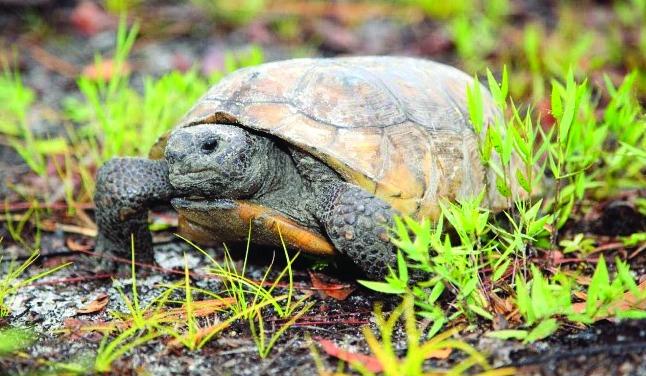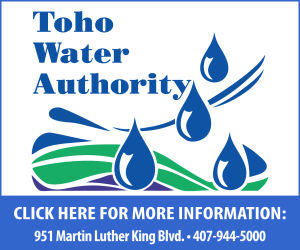Look hard enough in the woodlands and open fields in our area and you’re bound to stumble onto a protected species: a gopher tortoise.
Developers who discover these animals where they are building must take care to relocate them per state guidelines. The Florida Fish and Wildlife Conservation Commission (FWC) is seeking public input on draft revisions to these Gopher Tortoise Permitting Guidelines. The goal of the proposed revisions is to better protect gopher tortoises by incentivizing relocations to protected recipient sites, clearly defining roles and responsibilities in the relocation process, and clarifying other provisions in the guidelines.
Key revisions and information included in the guidelines will be presented at two public webinars. Participants will have the opportunity to ask questions. Webinars are scheduled upcoming Wednesdays, Sept. 7 (8:30-10:30 a.m.) and Sept. 14 (3-4:30 p.m.).
Written comments will be accepted through Sept. 23. Information on the draft guidelines, instructions on how to join the webinars and a link to the comment survey are available at MyFWC. com/GopherTortoise. A PDF copy of the presentation will also be posted on the website following the webinar. Comments can also be emailed to Katherine. Richardson@MyFWC.com.
The gopher tortoise is a state-listed Threatened species. The Gopher Tortoise Management Plan and associated Guidelines provide the management framework for their conservation in Florida. Gopher Tortoise Permitting Guidelines clarify protections, outline activities where permits are needed, provide methods and qualifications for individuals conducting gopher tortoise relocation, and outline requirements for sites that receive gopher tortoises.
The initial Guidelines were approved in 2008 and several revisions over the years have allowed for continued improvement in the permitting process and in conservation for the species.
Information from the Florida Fish and Wildlife Conservation Commission was used in this report.




